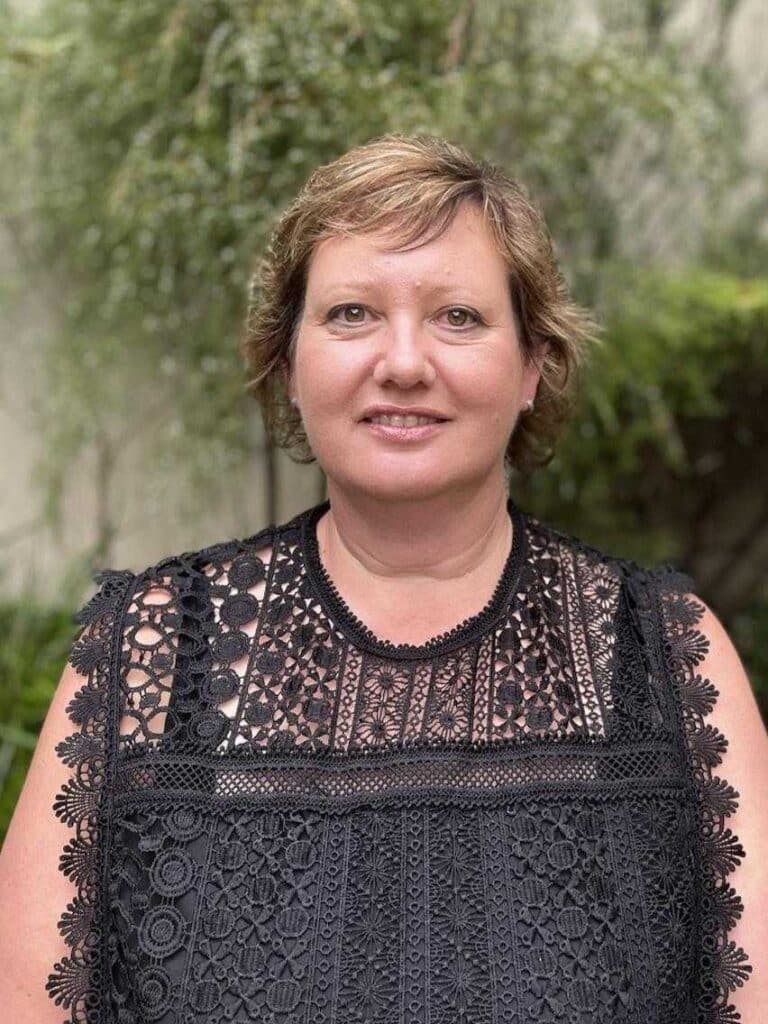Today marks 100 days since aged care workers received a pay rise. Labor Senator for Victoria Dr Jess Walsh shares the significance of this move, and why it’s just the start of better-valuing care in Australia.
Teresa is an aged care worker. Her job, like thousands more aged care workers, is to look after Australia’s elders in the final years of their lives.
She’s exactly the kind of person we would all want looking after our loved ones. Teresa has built 20-year relationships with some of her clients who rely on her for their health, safety and dignity.
100 days ago, she started receiving an extra $400 in her salary. This extra money has meant she no longer has to choose between paying her mortgage or visiting her four-year-old grandchild Jade in Queensland. Visits she previously could not afford.
And it’s not just Teresa – more than 250,000 aged care workers across the country saw their wages go up.
That’s because 100 days ago, the Albanese Government delivered a historic 15 per cent pay increase for these workers thanks to the Fair Work Commission and the 2023 Federal Budget.
It’s on the back of years of hard work and campaigning by these workers and their unions.
It’s the largest-ever wage increase the sector has seen. And when combined with the minimum wage increase, some workers saw their pay increase by 20 per cent.

We need to care about the care economy
Before entering Parliament, I represented working women like Teresa. I have continued to advocate for our care economy workers in Canberra.
It is a great achievement that these two words have been put together – care and economy.
For too long, caring has been not valued, not spoken of, not measured and not part of the big national economic debates.
For too long, our army of overwhelmingly female care workers has been an invisible one.
Women make up 86 per cent of the residential aged care workforce and 91 per cent of the early childhood education and care workforce are women too.
They work in some of the lowest paid sectors in our country, despite being highly skilled, dedicated, and absolutely essential.
These are women expected to turn up every day caring for our elderly parents and grandparents, for pay so low they can barely provide for their own dignified retirement.
Women who are expected to go to work every day caring for and educating our children during the critical stages of their cognitive development, without earning the wages they need to support their own.
That’s why over the past decade we’ve seen more and more highly skilled workers turn their backs on the sector they love – because they simply couldn’t afford to stay.
A growing workforce
Last month’s Intergenerational Report found that we are going to need tens of thousands more of these workers to keep up with our population.
Over the next 40 years, Australia’s care economy will grow from eight to 15 per cent of our GDP. This is set to be one of the most prominent shifts in our society.
But we can’t build a strong care economy without a strong workforce.
Whether it’s health, aged care, or early childhood education – we’ll need to attract and retain a larger well-trained workforce to meet the growing demand for quality care.
And, if we want more women – and men – to fill our growing labour shortages, we must pay proper respectful wages.
That’s why the historic 15 per cent pay rise is so important. It’s the key to keeping and attracting the passionate and dedicated workers we so desperately need.
But the work isn’t over.
Multi-employer bargaining
We know care workers like our early childhood educators are still struggling on low wages in jobs they love too.
And as they keep telling me, “Love doesn’t pay the rent!”.
When we passed our Secure Jobs Better Pay Bill last year, early childhood educators were front and centre. Because low pay across this sector could not be solved one centre at a time.
The industrial relations system put up barriers to bargaining across multiple childcare centres and resulted in a race to the bottom on wages and conditions.
The previous government had even said at one point that low wages was a “deliberate design feature of our economic architecture.”
We’re putting an end to that.
I’m proud to be part of a government that has streamlined the process of making agreements and expanding access to multi-employer bargaining.
Now, early childhood educators have come together to take the first ever application for multi-employer bargaining to the Fair Work Commission.
Like our aged care workforce, the skills and commitment of these women has been overlooked for too long.
Valuing their work in their pay pocket will be critical to building the workforce our children and families need today and into the future.
Getting wages moving
We’re determined to make wage growth a deliberate design feature of this government.
And we’re proud to support our low-paid, essential and feminised care economy workforce.
We’re doing this through our aged care pay increases, multi-employer bargaining as well as additional reforms that are on the way to improve job security.
They are reforms that will help ensure care workers are given the pay, conditions, and respect they deserve – while delivering for the economy and for the nation.
When low paid women gain economic security, they can better support themselves, their families, and their local communities.
It benefits our loved ones in their care – ensuring they’re looked after by a dedicated, respected workforce.
It provides a sustainable workforce for this growing sector, upon which our whole economy relies on to thrive.
For too long, we’ve associated good jobs with hard hats and high vis alone.
Our care workers might not build buildings, but they build our community and our economy.
That’s why we need to build a better future for care workers, so we can attract more people like Teresa.


